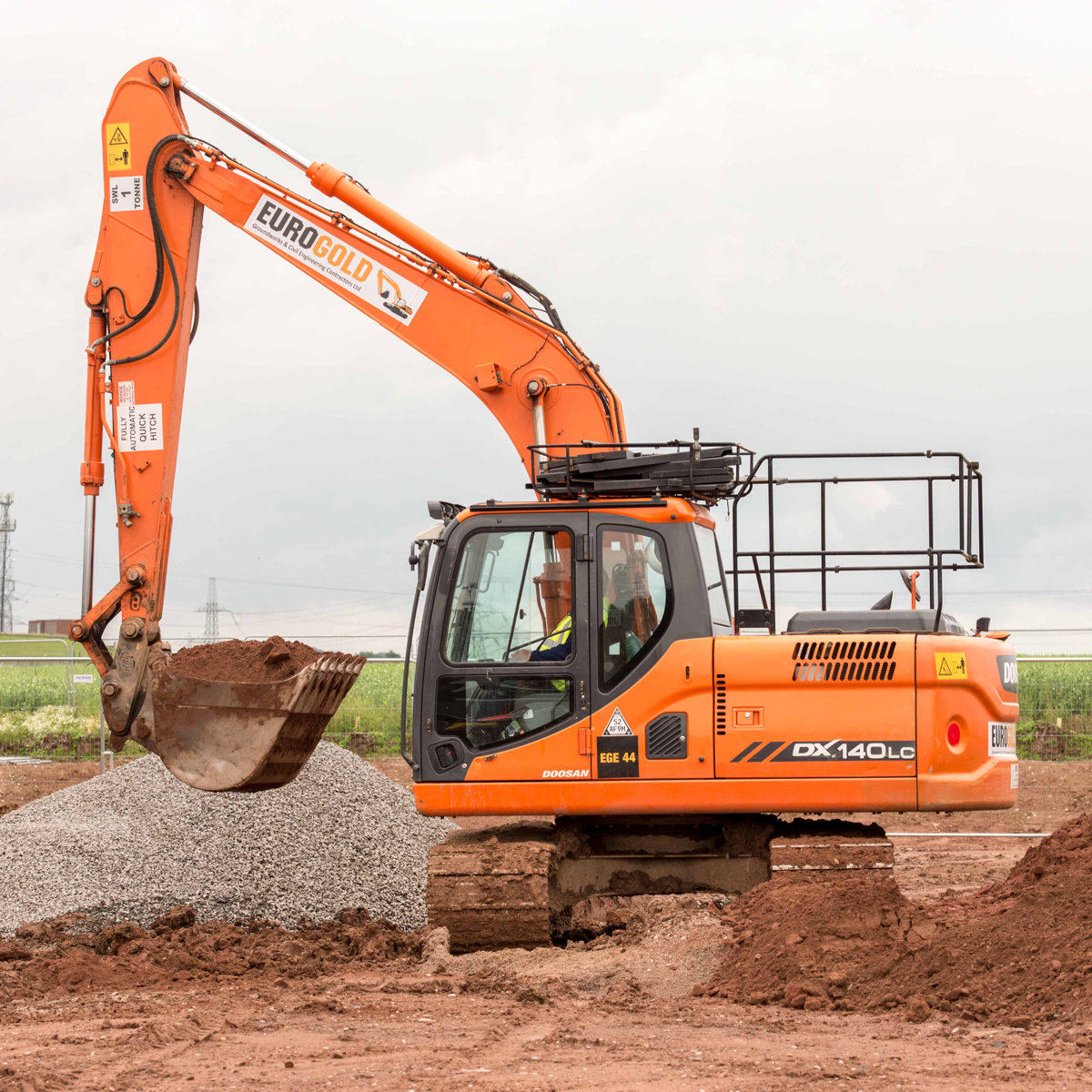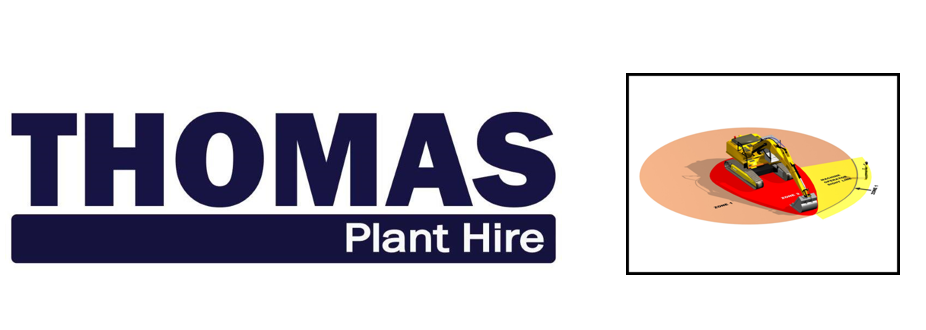Information
-
Practical Assessment - Front End Loader
-
Candidate
-
Date
-
Location
-
Assessor
-
Level IV Assessor
Pre-shift Planning
-
Clarifies work location, task & work instruction
-
Ensures any required operating permits are completed / obtained
-
Identifies hazards in the work area:<br>~ inclement weather <br>~ dust<br>~ fog <br>~ poor lighting / reduced visibility<br>~ environmental, geological and survey data
Pre-start
-
Ensures the boarding steps, handrails and guard rails are in place, secure and free of grease / damage and secure.<br><br>- Maintains 3 points of contact when:<br> ~ boarding and dismounting excavator <br> ~ cleaning window / mirrors / working lights
-
Ensures machine is isolated
-
Identifies excavator footprint
-
Starts at isolation point
-
Inspects / confirms attachments fitted are suitable for work:<br><br>- Fit for purpose ( GP, sand etc )<br>- Damage, wear, structural cracks and missing GET
-
Inspects all required components of undercarriage
-
Inspects all required components of attachment
-
Inspects all required components of lower superstructure
-
Inspects all required components of upper superstructure
-
Inspects all required components in / around cabin
Operate Hydraulic Excavator
In Cabin Checks
-
Operator's can is reasonably clean, with no loose, unsecured or heavy articles in the cabin
-
Adjusts the mirrors for proper visibility
-
Adjusts the seat to body posture
-
Checks the foot pedals for reach and can be operated comfortably
-
Checks that the hand throttle / fuel dial control is at low idle
-
All instruments, including the emergency stop button, windscreen wipers, horn, air conditioner and instrument panel are undamaged and in working order
-
Windows and mirrors are clean and undamaged
-
Checks that the area around the excavator is clear before start up
-
Sounds the horn before staring up, in accordance with site requirements
Start Up
-
Ensures all control levers / pedals are in neutral position
-
Checks the hydraulic lock lever is in the lock position
-
Checks the fuel control dial is in the low idle position
-
Turns the ignition key to the on position - checks electronic monitor before staring.<br> - if engine dies not start, waits at least 2 minutes before starting
-
After the engine starts, wait for the engine oil pressure, battery charge and oil pressure lamps illuminate
-
Checks EMS / VIMS
-
Cycles all controls to check operation
Moving Off
-
Uses the following horn signals:<br><br>- 1 blast before staring <br>- 2 blasts before moving forward<br>- 3 blasts before reversing
-
Waits 5-10 seconds after signalling before starting or moving the machine
-
Ensures the drive sprockets are at the rear of the machine
-
Increases the engine speed as required
-
Ensures work equipment is folded and raised 40-50cm off the ground
-
Moves the travel levers to move in required direction
-
Positions and sets up machine for safe, efficient digging ( tracks are in full contact with the ground, travel motors are at the rear of the digging area)
Observes Basic Precautions for Digging
-
Operates excavator smoothly, with correct reach angle to allow optimum efficiency and bucket lad, minimise over load or strain on excavator
-
Sets and monitors bucket penetration for optimum use of bucket capacity
-
Walks & re-positions excavator for safe and efficient operation
-
Keeps sprocket drive to rear of machine
-
Ensures stable, level footing
-
Fills bucket on every pass
-
Uses hydraulic power of arm & boom to dig
-
Regularly monitors condition of bucket & GET
-
Operates all hydraulic functions smoothly and consistently
-
Handles oversize material safely & efficiently
-
Demonstrates steady and consistent operation of machine that is aimed at minimising wear and damage
Shutting Down Excavator
-
Ensures equipment is parked on firm, level ground away from pit walls
-
Reduce the engine RPM's and starts shut down process
-
Ensures bucket / attachment is lowered to the ground and neutralise equipment controls
-
Allows the engine to slow idle speed without load for 3-5 minutes before shutting down
-
Turn the key other off position
-
-
Applies hydraulic lock out lever
-
Ensures cabin is clean and the door is shut
-
Dismounts correctly using 3 points of contact
-
Isolates the battery power at the isolation switch
-
Inspects bucket /attachment for cracks / damage, excessive wear
-
Reports immediately if any parts are missing
-
Conducts walk around inspection, inspects for damage, excessive wear
-
Conducts site housekeeping requirements
Sign Off / Authorisation
-
Candidate is assessed as
-
Requires Further Training?
-
Candidate agrees with the outcomes identified within the assessment
-
Authorised trainer / assessor have suitably assessed the candidate and agree with the assessment outcomes














